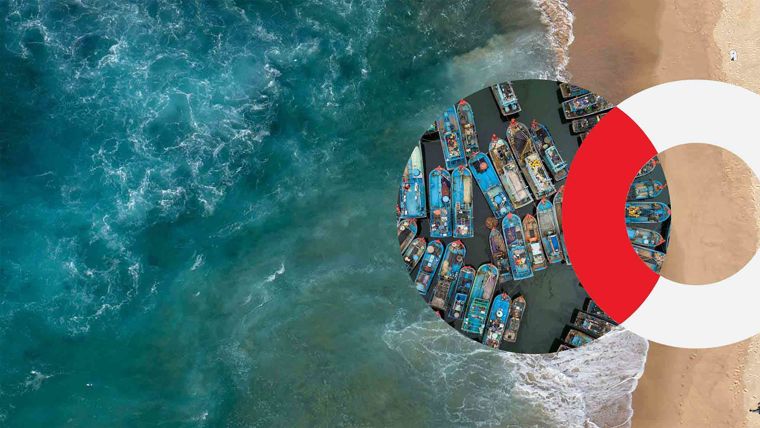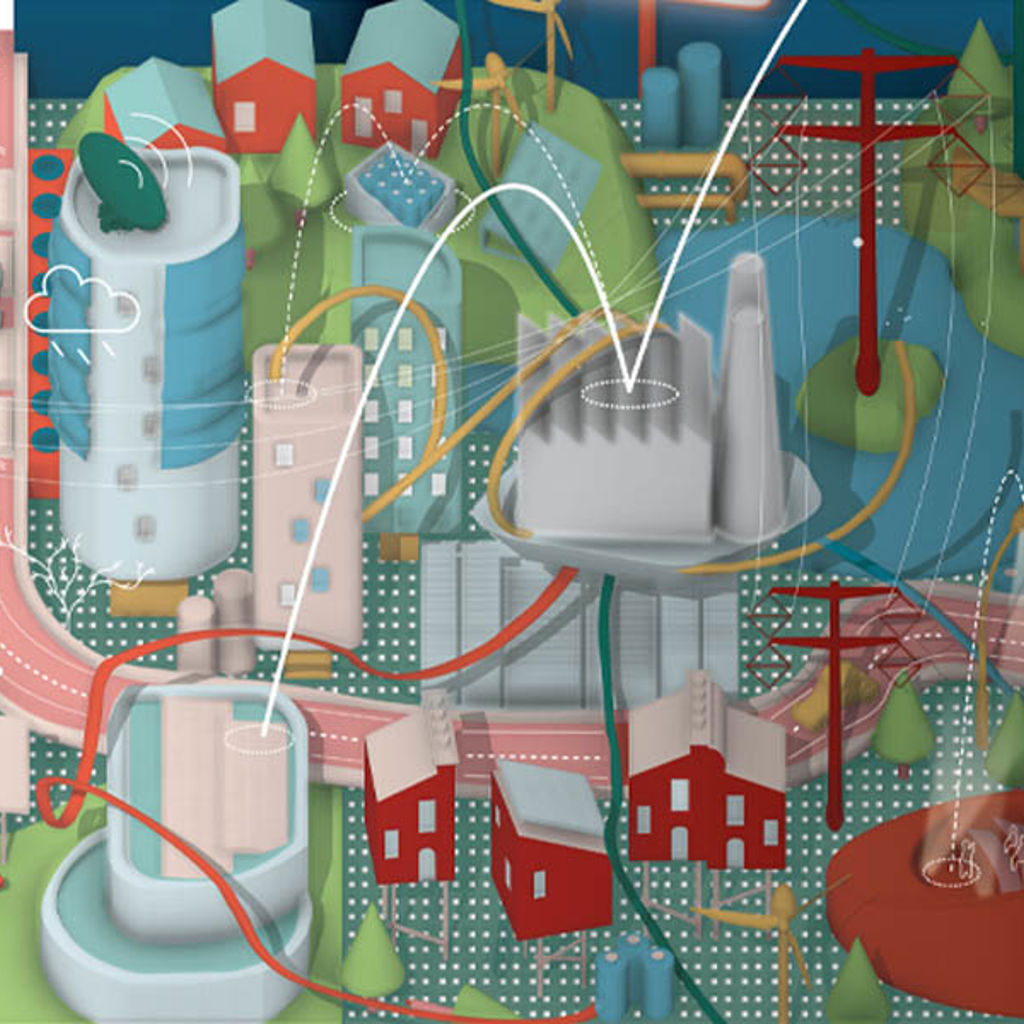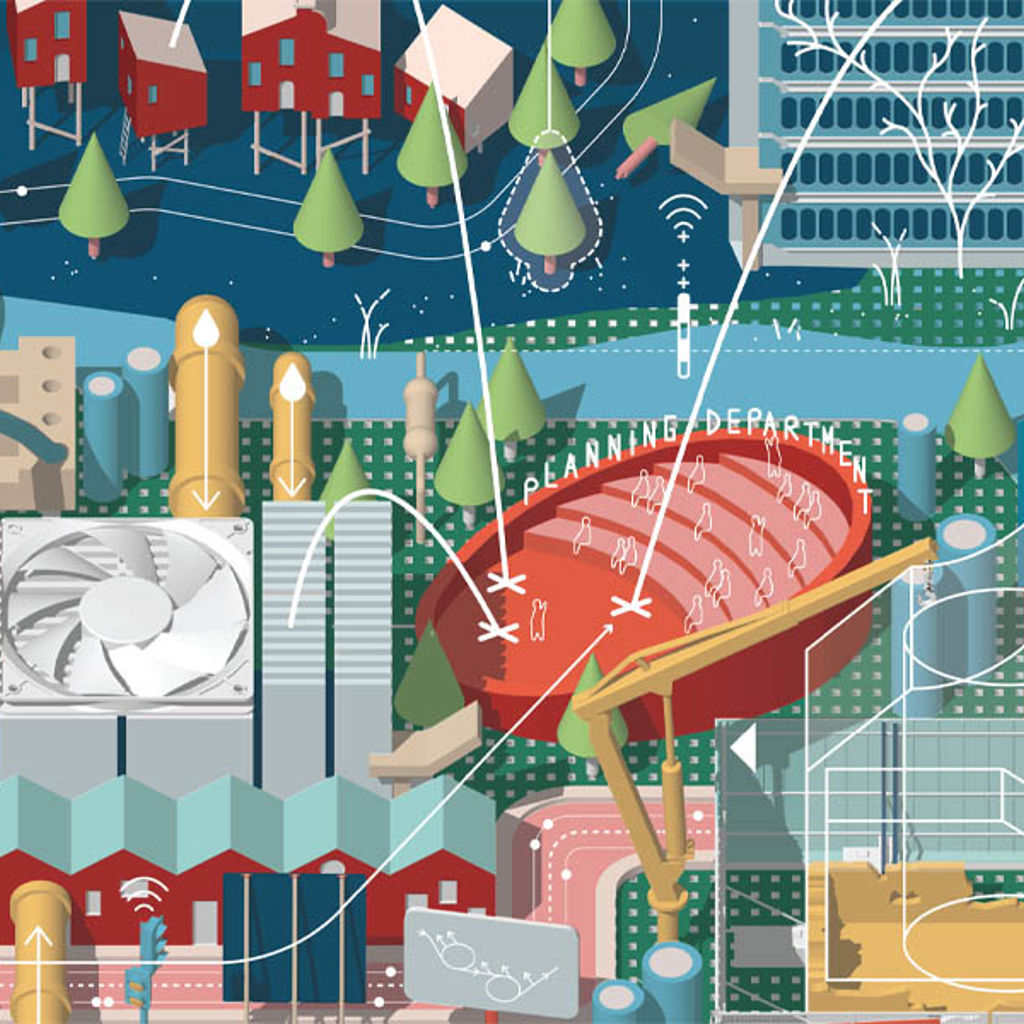Identifying the right green economy opportunity
In the second article of this series, we explore how governments and major corporations can take advantage of the green growth opportunity, and the steps required to identify the most promising entry points.


Australasia Strategy and Insights Leader
Brice Richard
Associate Principle
Last updated: January 2023
Understand your options
How should countries take their first step towards building a green economy? The green growth economy encompasses hundreds of potential activities, from big-ticket items such as green aviation, to lower profile areas such as biofuels bunkering and EV battery recycling. While most countries can grow multiple green sectors and industries, not all have the qualities to become a critical growth or competitiveness driver for a given economy. From the wealth of options that exists, nations need to focus attention and resources on what would work best for them, rather than chase the biggest headlines. In a very competitive green economy, countries need to play to their strengths, and develop well defined green-economy positioning strategies.
The route to establishing these strategies involves a series of steps to assess, from multiple angles and in degrees of granularity, the nature of national strengths and weakness. These include a raft of areas from identifying sectors that contribute the most to the economy to being clear about potential climate or political vulnerabilities which could threaten progress. Only when this is done, will it be advisable to start taking the right actions in governance, regulations and policy, which I’ll explore in the third article of this series.
First step: look beyond the obvious
To identify the right opportunities policy makers must determine – within a very uncertain and fast moving field – which opportunities will be the market juggernauts of tomorrow, while defining the best positioning in a very busy competitive landscape.
The biggest and fastest growing markets in the green economy have been making headlines so often they are impossible to ignore: electric vehicles, hydrogen as the new fuel of the economy, carbon capture and carbon trading, new forms of agriculture, biofuels, among many others.
For many countries, the most viable opportunities will be less obvious, frontier opportunities that match their capabilities and herald significant long-term growth potential. For example, it’s easy to see that the electric vehicle and battery market is dominated by a few countries with the right supply chain and manufacturing capabilities. But there are openings for fresh contenders with interesting business models – such as offering battery-as-a-service, new infrastructure such as DC charging stations, new vehicles including e-bikes, and innovations, such as vehicle-to-grid systems. Indonesia, for example, has been developing an expertise around electric two wheelers and battery swapping technology. Indonesia’s largest motorcycle battery swapping network, owned by Swamp Energy, includes more than 400 swapping stations.

Finding viable new markets requires a keen understanding of the green economy’s competitive landscape, and opportunities for smaller players are opening up all the time. New and alternative, particularly plant-based, foods for example have been dominated by manufacturers in the US and UK, but others are joining with specialist products. Singapore has developed a unique expertise in synthetic meat. The country recently opened the first commercial cultured-meat production facility in the world, making chicken products through cell culture rather than traditional farming.
Second step: selecting the best option for your economy
The next move in determining a country’s ability to identify and capture the right opportunity is to make a rigorous assessment of its inherent ‘advantages’. What are the areas of its comparative and competitive strength that will naturally enable a country to capture and capitalise on certain kinds of opportunities?
The existing economic structure is key. For example, countries with well-established financial centres seem better suited to capture opportunities in green finance. Others, for which trade represents a large share of GDP, are particularly well positioned to capture opportunities in transport, logistics, maritime and so on. But that is not all.
Threats and vulnerabilities can also determine what countries decide to focus on. The UAE, Saudi Arabia and Qatar – all facing rising electricity consumption driven by record heat – are investing heavily in sustainable cooling technologies. Qatar has established 39 district cooling plants, with 28 more in construction.
With this understanding, we have developed a tool called the Green Economy Opportunity Framework, to help countries identify which green growth opportunities they should pursue based on several critical characteristics, such as:
Economic structure: the main sectors and industries that a country can build upon, not only to green them, but to provide the technologies and services and expertise needed to be excellent at particular green activities. For example, a country whose economy heavily relies on financial services will be well placed to develop green finance activities.
Assets and endowments: whether a country can rely on unique natural assets, a pool of existing skills or strong commitment to sustainability will determine its ability to capture certain opportunities. For example, countries with large amounts of land and solar radiance might be well placed to develop a vibrant solar power industry.
Risks and threats: whether they relate to natural disasters or political/economic security, are often an important determinant of which opportunities a country may choose to pursue. For example, countries prone to flooding such as the Netherlands, Bangladesh and Vietnam might be incentivised to invest in flood-management expertise.

As an example, Qatar has been largely dependent on petroleum and natural gas production and exports – and is currently the largest exporter of natural gas in the world. However, over the recent years Qatar diversified its economy to limit its exposure to the vagaries of oil prices, and the growing risk of stranded oil reserves. The share of earnings from petroleum and natural gas dropped from 70% to 50% of GDP, while the service sector (particularly logistics, transport, and financial services) now contributes to over 40% of the country’s output. The construction sector has also picked up pace in recent years, fuelled by a host of infrastructure projects completed pre-COVID and for the soccer World Cup.
Due to scarce water resources and poor soil quality, Qatar is heavily reliant on food imports, which are vulnerable to supply chain shocks and food inflation. Qatar’s geographic location and topography make it vulnerable to extreme heat, low water tables, and sand storms. And as 97% of its population lives in cities located in coastal areas, its citizens are particularly exposed to the effects of rising sea level.
Given these intersecting facts, Qatar is potentially well-positioned to capture the following green growth opportunities:
- Cleaner fuels to limit emissions from the hydrocarbons sector;
- Renewable power generation
- Production of new and alternative food
- Sustainable mobility & logistics
- Green buildings construction and demolition
- Development of climate mitigation infrastructure
Qatar has already taken steps in this direction. It recently invested in its first large utility-scale solar power plant, has taken steps to optimise the use of water and limit ground water extraction, and has been investing in developing smart and sustainable cities with greener transport options, energy efficient buildings, and state-of-the art district cooling systems.
Which green economy ‘archetype’ are you?
While the tool is designed to be used by any country to determine which opportunities align best with its core characteristics – and each country will have its own unique “signature” – we have already identified five broad archetypes that different groups of countries will tend to identify with:

To illustrate how the tool works, take the example of Archetype 4 – the resource rich countries. With abundant resources including land, oil, gas, water, solar exposure and wind potential, these are countries similar to China, Brazil, India, Australia, US and Middle East nations. Their biggest green opportunities will include industries that can sustainably extract resources (e.g. green mining, green agriculture), produce greener fuels (heavily linked to agricultural resources), trade carbon (particularly at the project origination phase, if large amounts of forest can provide carbon sinks), as well as green / renewable energy generation, and potentially green hydrogen generation if land and infrastructure allow. Countries in this category that are heavily reliant on fossil fuel and rare minerals will also see in energy transitions an opportunity to make their economic growth resilient as the world is shifting, in the short or medium term, towards more sustainable energy and material sources.
It is to be noted that no country in the world perfectly align to these archetypes. Each nation will have its own “signature”, and it is possible that many economies will be a hybrid of multiple archetypes (like China and India, for example). However, these archetypes are helpful in determining broad groupings and the logical opportunities that relate to them. You can find more details on the archetypes and their related opportunities, in our full report published in January 2023.
Prioritising the right actions
With the strategy in place, the next big moves must be to focus on the areas of action and how to take the right types of action. Governments must lead with governance, regulation and policy, but they’ll also need to work alongside many other players to effect real change.
In the third and final article in the series we will look at how regional and national governments can accelerate their local green economy potential through prioritising investment policy development, incentives and regulation.
Get in touch with our team





